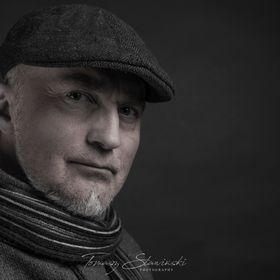

sawyn
Follow
Views
251
Likes
Awards
Chatter Award
Hero Award
Peer Award
Magnificent Capture
Top Choice
Absolute Masterpiece
Superior Skill
All Star
Outstanding Creativity
Superb Composition
Same photographer See allBehind The Lens
Behind The Lens
Location
UTAKLEIV -Lofoten/Norway.Time
Beautiful night .Lighting
From what I remember, I used high ISO and did not have to use a longer exposure time. The view was so clear and powerful that I did not have to interfere so much with manual settings.Equipment
Canon 6D ,Manfrotto , Canon 12-35mm f4Inspiration
It was a beautiful night, I couldn't stop staring at the sky. The sight of dancing light in the sky made my heart beat faster. This amazing experience made me feel free in my heart and soul.A beautiful place that I tried to visit during the day, but the best time comes at night. The dance of the northern lights and the open space made it a beautiful frame that stayed not only on the camera matrix but also in my heart.Editing
Light processing in LR, I try not to interfere with the photos. Noise cleaning, cropping, removing impurities.In my camera bag
Canon 6Dm2 ,Canon 16-35mm f5 , Nissi filters ,tripod ManfrottoFeedback
Learning to photograph the aurora borealis with a DSLR takes time. However, once you use the right equipment and start practicing, taking photos of this one of nature's wonders becomes a pleasure. To get the best photos of the northern lights, it's best to have a full-frame or 35mm DSLR with decent ISO capabilities (preferably between 2,000 and 12,800). These cameras work best in low light conditions. More advanced digital cameras can also be used to photograph the aurora borealis. Here are the essential accessories for photographing the northern lights: DSLR camera (full frame cameras preferred) Wide-angle or ultra-wide-angle lens Tripod - A sturdy tripod that won't shake or slide. Shutter Release - Helps you avoid camera shake Extra batteries for the camera The most important thing to get used to is a slower shutter speed than with traditional landscape photography. For the aurora borealis to be clearly visible in your photos, you need to let enough light into the lens. If the aurora is strong but not particularly intense, you'll want an aperture of f/2.8 or lower, an ISO of about 1,600, and a shutter speed of about five seconds.

























